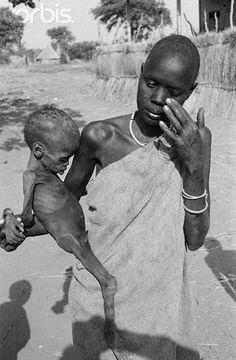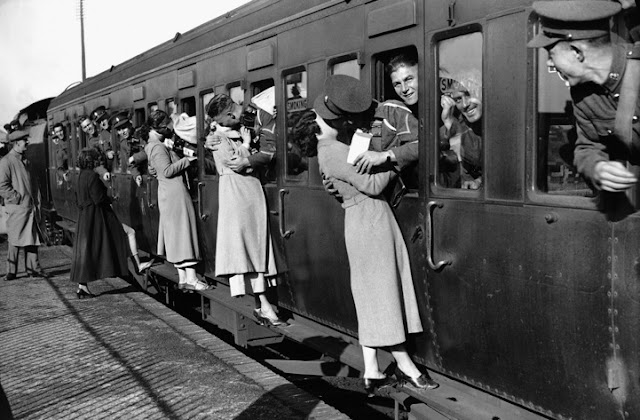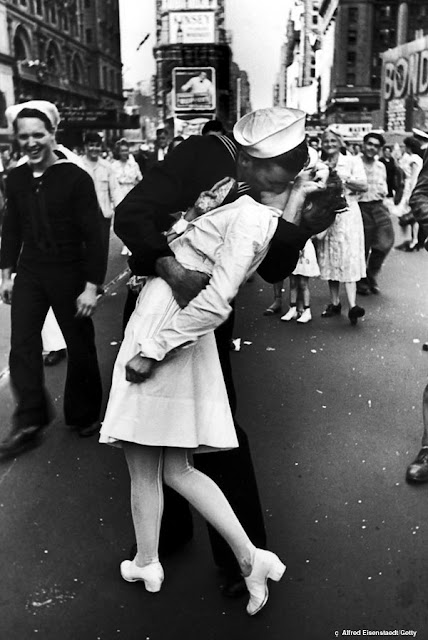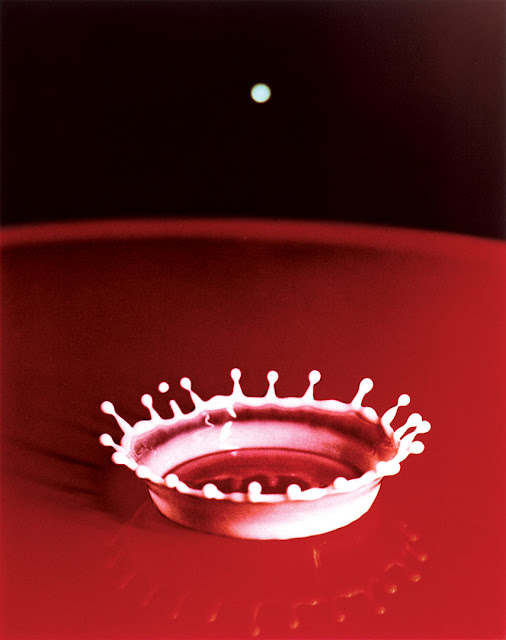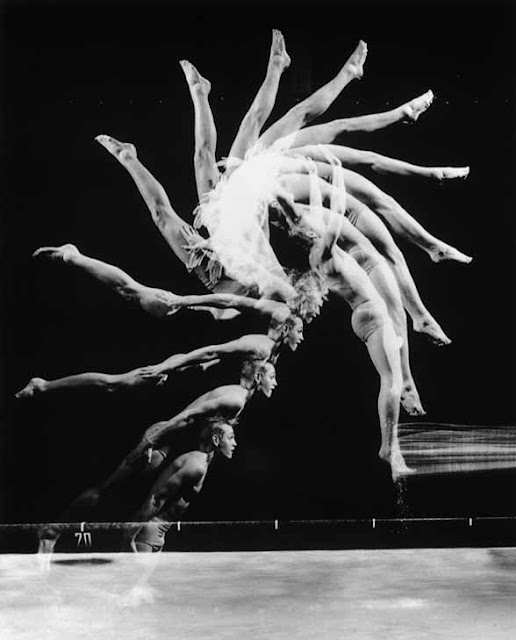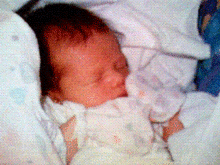First Video: In the video the changes that are made throughout the video are her neck was made longer, her hair was fixed to flow better, her eyes were made bigger and moved up, the tones and lighting of her skin were also changed, they made her eyebrows darker, defined her cheekbones, raised the eyebrows, they made her skin and neck look thinner, shrunk her ear, and defined her nose, also made her skin reflect the light and defined nose.
Second Video: In the video the changes that were made throughout the video are that they fixed any of the women imperfections and redness on her face. Then made here eyes bigger which made them go upward, they fixed her lips to look more plump, they made her nose and nostrils smaller, they made her skin look more tan and her shoulders more skinny and upward, they made her thinner and her boobs not droop as much, they made her legs longer and her feet more defined and shorter, and they made her legs more tone and tan, they also made her neck longer, and all of her body more defined, and her skin lighter and her hair more tame and perfect, they made her butt closer to her body and made her skin reflect the light.
Third Video: In the video the changes that were made were that they shrunk the butt and thighs of the woman, made her skin all over look tight and shrunk her arm flab, they made her boobs more upright and lifting as well as larger, they shrunk her back and her skin on her back,they made her waist smaller, they cut off some of her arm to look more thin and all of the skin tight, then later in the video they shrunk her chest size to fit the changes that the photoshop had done to her body, they changed her elbows to look more pointy and thin, they changed the size of her head, they made her butt more perky, they made her hair longer, they also made her face look more narrow, and her hair fuller, they changed the woman fingers to become more thin, they also changed the brightness and levels and made her skin tome match the brightness changes.
Questions:
1. I do not think it is ethically acceptable to change a person's appearance like they did in these videos because the readers are not even looking at real people and they think that it is only okay to have skinny, thin people as models. Everyone should be happy with who they are and not have to worry about their weight.
2. I think that the circumstances where changing someone to become thinner and smaller are more ethically wrong because it is a person's weight which is worse than changing a person's skin. I also think that when a person does not even look like what the editor changed the person to be is also wrong to do where a quick fluff of the hair etc. is more right.
3. Some changes that are ok are when taking off a pimple or fixing the brightness of the person's face as well as maybe making their hair more fluffed. I do not think it is okay when a person is being changed to be made smaller and thinner. I think that the skin tone can also be changed but whenever it is so dramatic that the person does not even look like a person or you don't even recognize them then it is take a little too far.
4. I think the differences between fashion photography and photojournalism is fashion photography is mostly changing someone dramatically. They do this to make someone and change them to be made thinner and such. In photojournalism is mostly changing the lighting of the background of the face lighting as well as adding in a blue, green, or red tone.
5. When Fashion Photography is compared to reality the person does not even look like what they started as and the pictures that are taken and edited are not very realistic. However, in photojournalism the pictures are very realistic because no major changes are made to the person or the background. These affect the ethical practice because fashion photography is not ethical because so much is changed while photojournalism is ethical because not much is changed.
6. I think that Mr. Reeves is showing us that photoshop can do dramatic and shaking changes to a person or even changing a object into a different object or person. Also, that this is morally unethical because it is not good to change a person this much. Also, to show the difference between photojournalism and fashion photography and that in photojournalism not much is changed to a person.
7. None of these videos are about guys I think because women who are reading this are more focused on the way people's body looks as well as their own. I also think this because a lot of women in newspapers and magazines have very little clothing on.



